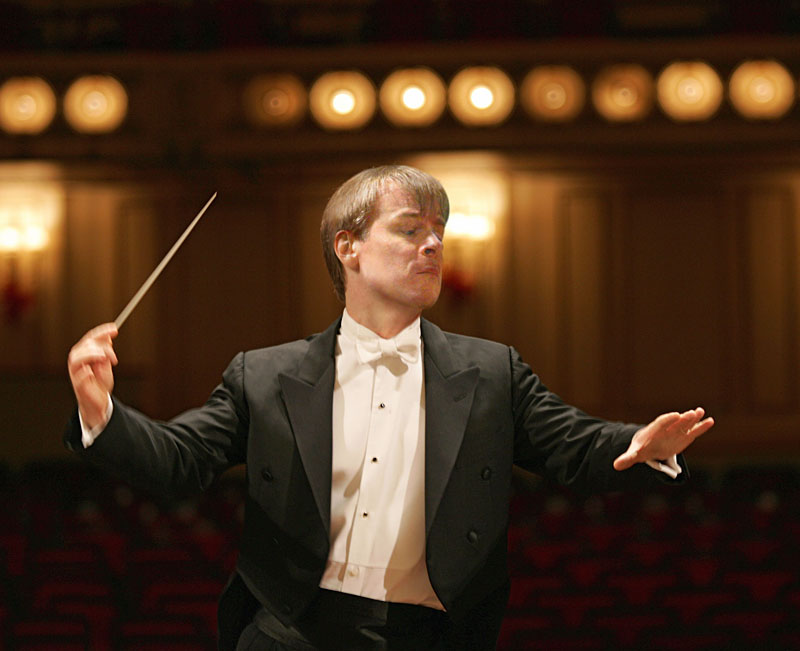It would have been a fool’s errand, composer John Adams knew, to try to represent orchestrally the sound of an atomic explosion. So the climax of his 2005 opera Doctor Atomic, which tells the story of the first nuclear bomb, is a distant, shimmering whoosh—a sonic analogue to the flash of the iconic fireball, from the perspective of observers taking cover miles away. Later, Adams extracted some of the opera’s more overtly dramatic passages to construct his 25-minute Doctor Atomic Symphony, which the Seattle Symphony will play at this weekend’s concerts. There’s foreboding in the ominous pounding and screaming of the brief first movement, “In the Laboratory,” and hurtling agitation in the second, “Panic.” Even lyrical interludes later in this movement don’t completely dispel the feeling of restlessness, almost always present in some jumpy background syncopation or other. The finale, “Trinity,” is based on an aria for the central character, scientist J. Robert Oppenheimer, with the voice replaced by an elegiac solo trumpet. It’s a setting of one of the Holy Sonnets by John Donne—the very sonnet that inspired the real-life Oppenheimer to code-name the project “Trinity” in the first place. For this aria, Adams wrote music with some of the flavor of the pioneering operas by Donne’s contemporary Claudio Monteverdi: stately, somber, yet crushingly emotive. David Robertson (who’s recorded the piece with his St. Louis Symphony on the Nonesuch label) guest-conducts it alongside music by Mozart, Stravinsky, and Weber.
John Adams’ Big Bang
An explosive opera distilled into a half-hour symphony.







